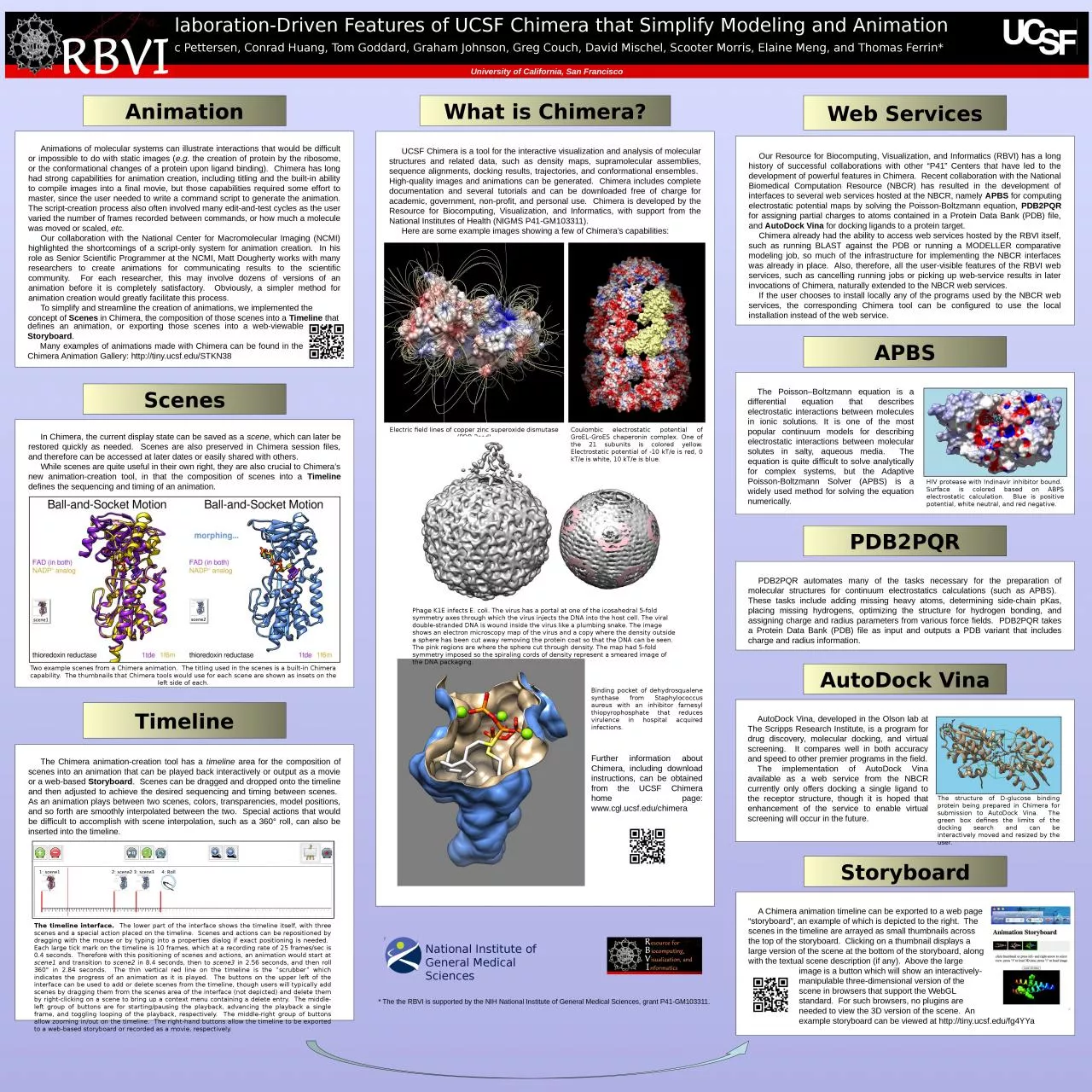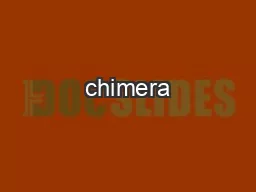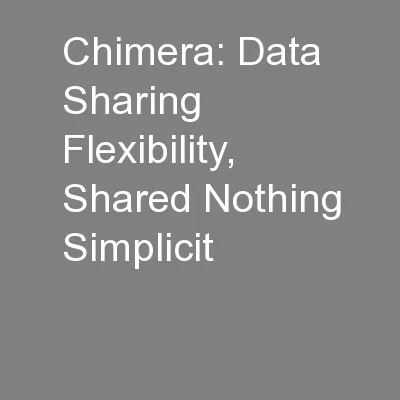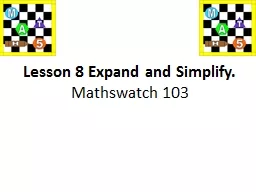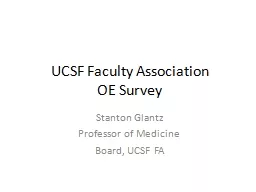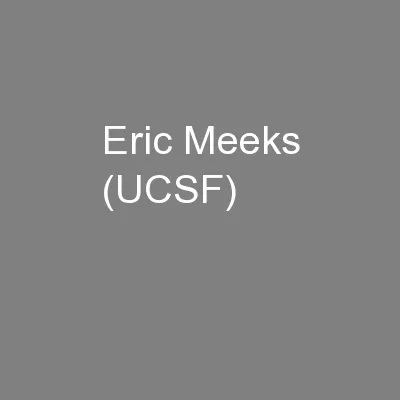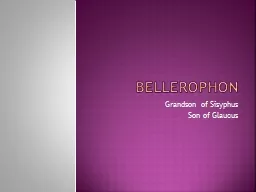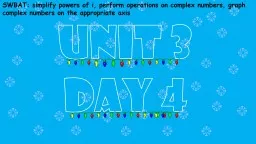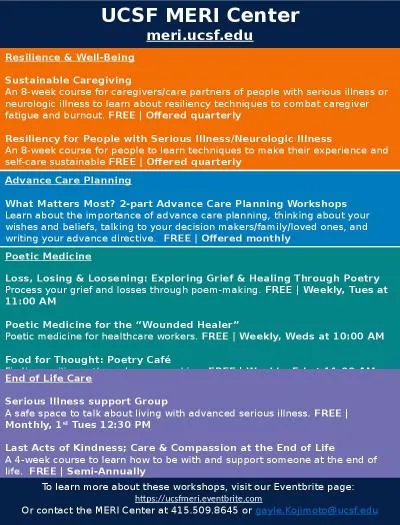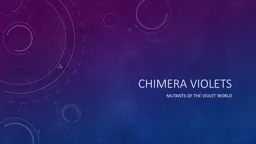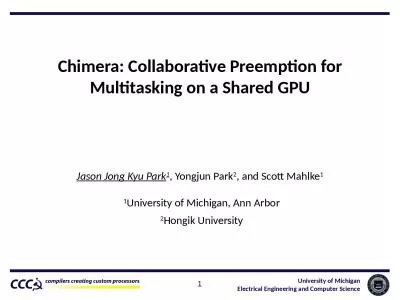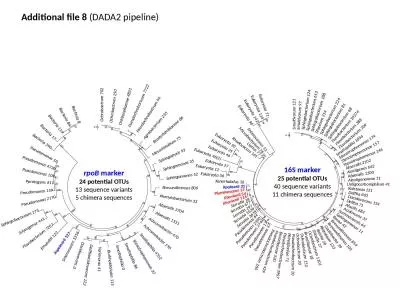PPT-Collaboration-Driven Features of UCSF Chimera that Simplify Modeling and Animation
Author : jade | Published Date : 2024-01-29
Eric Pettersen Conrad Huang Tom Goddard Graham Johnson Greg Couch David Mischel Scooter Morris Elaine Meng and Thomas Ferrin University of California San Francisco
Presentation Embed Code
Download Presentation
Download Presentation The PPT/PDF document "Collaboration-Driven Features of UCSF Ch..." is the property of its rightful owner. Permission is granted to download and print the materials on this website for personal, non-commercial use only, and to display it on your personal computer provided you do not modify the materials and that you retain all copyright notices contained in the materials. By downloading content from our website, you accept the terms of this agreement.
Collaboration-Driven Features of UCSF Chimera that Simplify Modeling and Animation: Transcript
Download Rules Of Document
"Collaboration-Driven Features of UCSF Chimera that Simplify Modeling and Animation"The content belongs to its owner. You may download and print it for personal use, without modification, and keep all copyright notices. By downloading, you agree to these terms.
Related Documents

